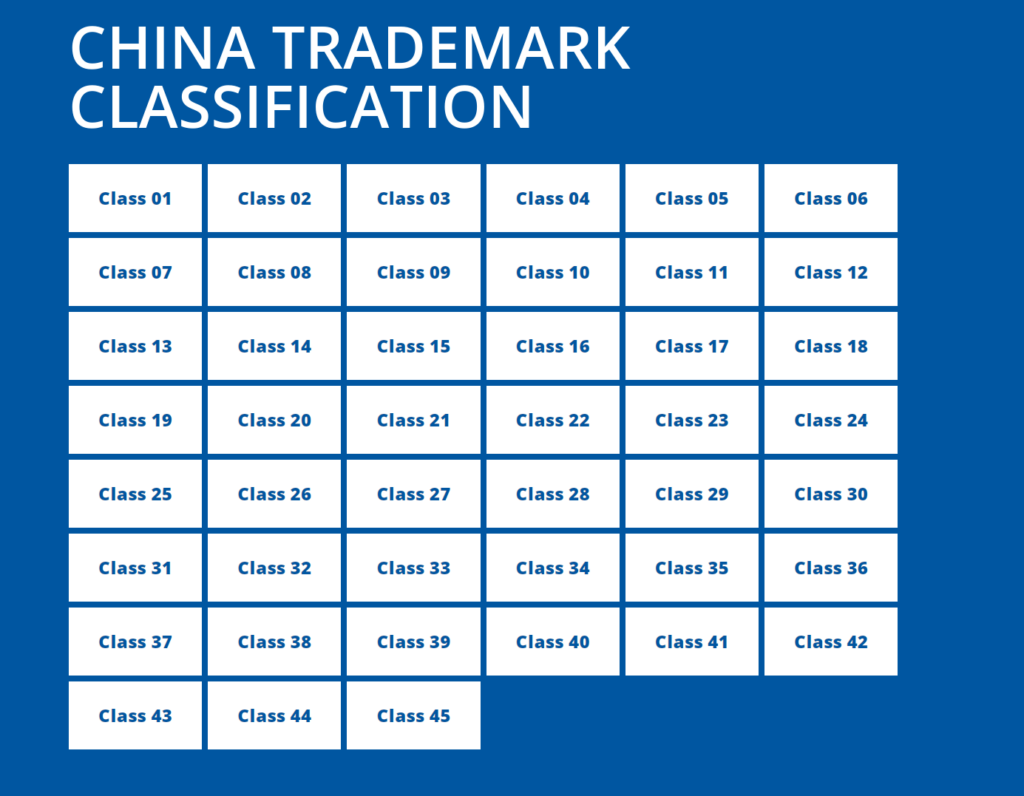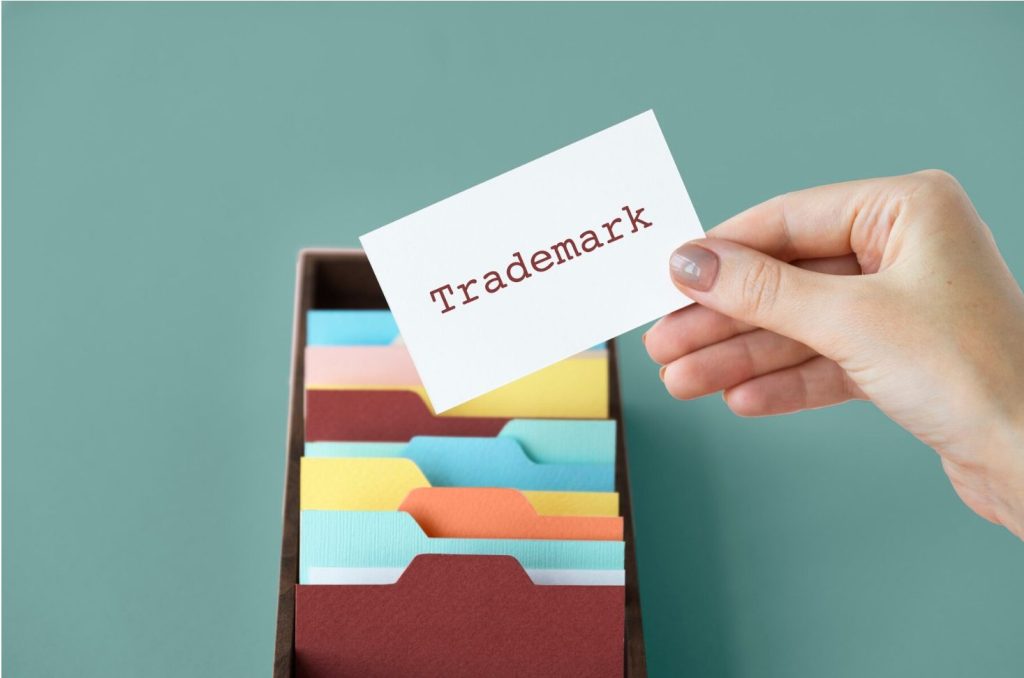Contents
Introduction:
Trademarks play a crucial role in the internationalization of enterprises. After obtaining trademark registration certificates in countries like the United States, the United Kingdom, Germany, and France, companies often need to protect their trademarks in the Chinese market. However, during cooperation with Chinese suppliers and manufacturers, neglecting contract details may lead to these partners squatting the trademarks in China. Such squatting not only infringes on the legitimate rights of enterprises but also significantly impacts their market expansion in China. This article will explore how to apply for trademark and how to Resolve Trademark Squatted in China.
Section 1: Applying for Trademarks to Protect Trademark Squatted in China
International trademark registration primarily relies on two important international agreements. Firstly, the Nice Agreement classifies goods and services into 45 categories, providing a unified classification standard. Secondly, the priority principle of the Paris Convention allows enterprises to submit the same trademark application in other member countries within six months of the initial application and enjoy the priority date of the first application.
In China, foreign enterprises or individuals cannot directly submit trademark applications to the China National Intellectual Property Administration (CNIPA). They must do so through official trademark agencies recognized by the CNIPA. These agencies are legally established in China and authorized to handle all trademark application-related matters on behalf of foreign enterprises. Foreign law firms or companies in other countries are not eligible to submit trademark applications directly in China; only recognized agencies like GWBMA can legally process trademark applications.
Before applying, it is necessary to ensure that the trademark complies with Chinese laws and registration requirements and conduct a trademark search to ensure no identical or similar trademarks are already registered in China. When submitting the application, necessary materials, including the trademark design, application form, and applicant identification documents, should be submitted to the CNIPA. The application process includes formal examination, substantive examination, preliminary publication, and issuance of the registration certificate if there are no objections.
Section 2: Key Steps in the Trademark Application Process for Foreign Enterprises or Individuals
In China, foreign enterprises must go through these recognized agencies to ensure the application process proceeds smoothly. The steps include:
- Preparation Before Application:
- Ensure the trademark complies with Chinese laws and registration requirements.
- Conduct a trademark search to ensure no identical or similar trademarks are already registered in China.
- Submitting the Trademark Application:
- Submit the application to the CNIPA.
- Provide necessary documents and materials, including the trademark design, application form, and applicant identification documents.
- Trademark Application Process:
- Formal Examination: Ensure the application materials are complete and in the correct format.
- Substantive Examination: Review if the trademark meets the registration conditions.
- Preliminary Publication: After examination, publish the trademark in the Chinese Trademark Gazette to invite public objections.
- Registration Certificate: Issue the registration certificate if there are no objections after the publication period.
Section 3: Challenges in Cross-border Trademark Protection
In cross-border trademark protection, American companies may encounter trademark squatting issues when applying for trademarks in China. Chinese agents or manufacturers may squat trademarks by applying through third parties or themselves. Strategies to solve these problems include early trademark planning, selecting reliable agents like GWBMA, regularly monitoring trademark status, and filing objections or invalidation requests when necessary.
Example: An American company cooperates with a Chinese manufacturer to produce its products. During the cooperation, due to not clearly defining trademark ownership in the contract, the manufacturer learns of the American company’s trademark information and subsequently applies for the trademark registration through a third party in China.
Strategies to address these issues include:
- Early Trademark Planning: Submit trademark applications before entering the Chinese market.
- Selecting Reliable Agents: Work with reputable intellectual property agencies for trademark applications.
- Monitoring Trademark Status: Regularly monitor the status of trademark applications to promptly identify and address potential squatting issues.
- Filing Objections or Invalidation Requests: File objections during the publication period or invalidation requests for registered squatted trademarks.
Section 4: Strategies to Prevent Squatting by Chinese Manufacturers or Agents
To prevent squatting, enterprises can take the following preventive measures. Firstly, sign strict confidentiality agreements before cooperating with Chinese agents or manufacturers to prevent them from leaking or using trademark information. Clearly stipulate in the contract that agents or manufacturers cannot apply for trademark registration in China. Additionally, enterprises should apply for trademarks in China in advance, even if there are no immediate plans to enter the Chinese market, to prevent squatting. Through the Madrid System for international trademark registration, trademarks can be applied for in multiple countries and regions simultaneously. To prevent squatting, enterprises can take the following preventive measures:
- Sign Confidentiality Agreements: Before cooperating with Chinese agents or manufacturers, sign strict confidentiality agreements to prevent them from leaking or using trademark information.
- Clarify Contract Terms: Clearly stipulate in the contract that agents or manufacturers cannot apply for trademark registration in China.
- Apply for Trademarks in Advance: Even if there are no immediate plans to enter the Chinese market, apply for trademarks in China in advance to prevent squatting. Through the Madrid System for international trademark registration, trademarks can be applied for in multiple countries and regions simultaneously.
Section 5: How to Reclaim Squatted Trademark in China
If a trademark is squatted, enterprises should take the following steps and strategies. Regularly monitor the Chinese trademark database to identify any identical or similar registered trademarks and conduct monitoring and searches through professional agencies or law firms. If squatting is discovered, objections can be filed within the Chinese Trademark Gazette’s publication period, including trademark registration certificates from the US, UK, etc., as evidence. If the squatted trademark is successfully registered, invalidation requests can be filed through legal channels, providing evidence of the squatter’s malicious behavior and the enterprise’s legitimate rights. The process of reclaiming a squatted trademark through Chinese law firms includes:
- Objection Procedures: File objections within the Chinese Trademark Gazette’s publication period. Submit objection reasons and evidence, including trademark registration certificates from the US, UK, etc. According to Chinese Trademark Law, objections must be filed within three months from the date of the initial publication.
- Invalidation Procedures: If the squatted trademark is successfully registered, file invalidation requests providing evidence of the squatter’s malicious behavior and the enterprise’s legitimate rights. Invalidation can be requested within five years of the trademark registration, based on evidence of malicious squatting, through the CNIPA.
- Finding Chinese Legal Agents: As civil lawsuits in China require local law firms, find reputable Chinese law firms as legal agents.
- Signing Agency Agreements: Sign agency agreements with selected Chinese law firms, clarifying the scope and fee structure. For example, Diligent & Integrity Law Firm under GWBMA is the top professional law firm in Shanghai.
- Filing Civil Lawsuits: File civil lawsuits in Chinese courts through Chinese law firms, demanding the cancellation of the squatted trademark and providing detailed evidence chains, including cooperation records and trademark use records.
- Administrative Lawsuits: If dissatisfied with CNIPA’s decision, file administrative lawsuits in China’s intellectual property courts to ensure protection through multi-level legal procedures, including initial, review, and final trials.
Conclusion:
In conclusion, we have discussed the necessity and specific steps for international enterprises to protect their trademarks in China. GWBMA plays a crucial role in company registration or intellectual property in China, ensuring that foreign enterprises adopt the correct protection methods. This article also focuses on how to help foreign enterprises and individuals prevent trademark squatting, proposing strategies such as early trademark planning, selecting reliable agents, signing confidentiality agreements, and protecting rights through legal channels. By following these guidelines, foreign enterprises can effectively address trademark squatting issues and ensure their legitimate rights in the Chinese market.




